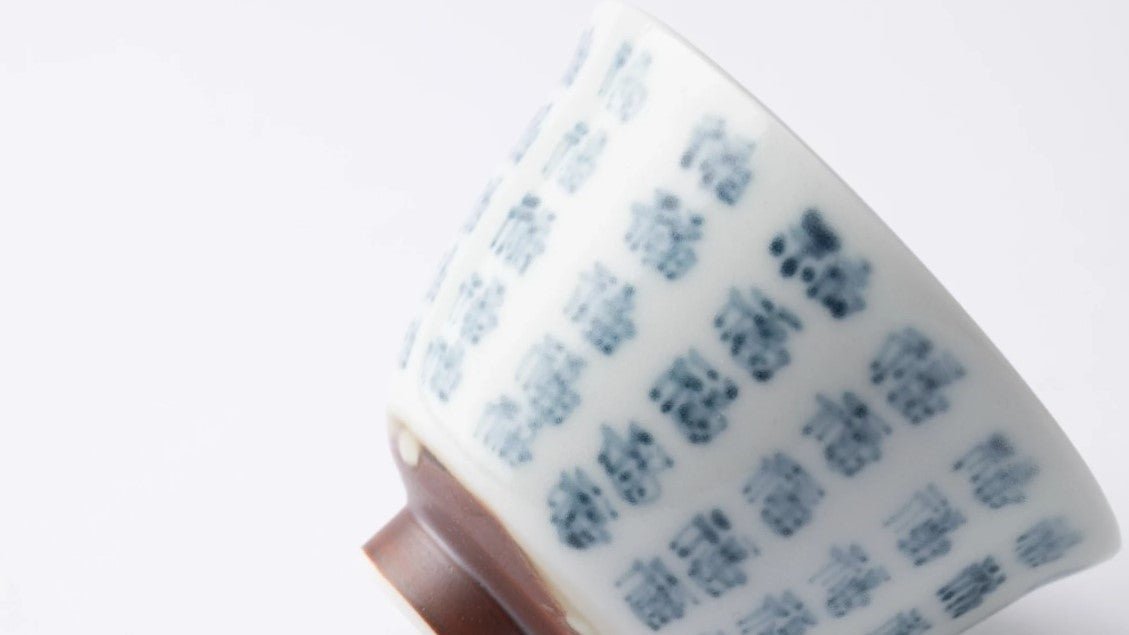
About Japanese Wabi Sabi Aesthetic
Written by Team MUSUBI
About 500 years ago, the Zen philosophy of Wabi, Sabi was brought into the Japanese tea ceremony. This idea of accepting imperfection and aging, and admiring beauty with an ascetic manner, has become a major aesthetic in all Japanese arts and crafts today.
In particular, the idea of "nurturing" Japanese tableware to bring out its beauty over time is one of the attractions that antique lovers value. In this issue, we would like to talk about "nurturing" tableware with reference to the Japanese Wabi Sabi aesthetic.
tables of contents
What is Wabi Sabi meaning?

Specifically, Wabi means frugal and poor, and Sabi means withered and aged, and these two usually undesirable concepts are seen as opposites, aesthetically pleasing and honorable.
In other words, "Wabi-Sabi" means to find value in things that are not luxurious or permanent, to respect the transience of things that come to an end, like our lives, and to respect old, broken forms as beautiful.
Concept of Japanese "Nurturing" Tableware
All tools change over time as they are used. In the case of tableware in particular, the aged appearance of the tableware is sometimes expressed as " nurtured" rather than as “deteriorated".
The idea is that by "nurturing" the tableware you share your life with as if they were your own children, they gain depth of richness of texture and color, and we admire them as more beautiful as they grow old and imperfect from their perfect, brand-new condition.
How to "Nurture” Tableware

For example, it is known to "season" stoneware before use, which is intended to strengthen it and make it less likely to break. By using the stoneware for many years without cracking, the color and texture of the stoneware can be enjoyed as it changes little by little.
It is also important to keep lacquerware out of direct sunlight and in a cupboard to prevent it from drying out. This also prevents cracking and fading, and the human touch for a long period of time adds depth and luster to the piece as it ages.
The beauty of "Wabi-Sabi" is only found in objects that have been cherished for many years or decades, so slow, steady, and careful care is essential to nurture your tableware.
Charm of Antique Ceramics

In particular, the older potteries are the more valuable, and even in the case of non-expensive common tableware, the idea of "nurturing" the tableware is evident.
Here is a partial list of what is considered to be the most beautiful look of pottery over time.
"Kannyu" Cracks

Cracks on the surface of glazed pottery are called “Kannyu," and are considered one of the charms of pottery. Since the ceramic artist cannot intentionally create these cracks, it can be said that they are random patterns created by the fire in the kiln.
The Kannyu can be seen even when the ceramic artist has just made it, but as it is used, it becomes more noticeable as tea stains soak into it, and can be admired and enjoyed as decoration. Especially, in the tea ceremony, tea bowl with Kannyu are highly valued.
In order to achieve beautiful Kannyu, it is effective to take care of your ceramics at the beginning and during use. Please refer to the ceramics care page for more information.
"Kohiki" White Slip

As it ages, Kohiki can sometimes have Kannyu (cracks) in small areas, creating a new pattern on the white base, which is enjoyable to see.
"Kintsugi" Japanese Laqcuer and Gold Reparing

In Kintsugi, the breakages are considered as a landscape, and the joint is decorated with metal powder such as gold or silver. Kintsugi is based on the principle of not pretending that the breakages have never existed, but rather considering the breakages as part of the history of the item and breathing new life into it.
When silver is used for decoration, it is called "Gintsugi", and there are other ways to show the color of natural Japanese lacquer itself without metal decoration, and also using colored lacquer.
Charm of Antique Lacquerware

Japanese Lacquerware is a material that deepens in color and luster the more it is cared for. Because it is lightwight and durable, if used properly, chipping and cracking rarely occur, and products made of real Japanese lacquer can be used for decades.
Wiping it with a soft, dry cloth after each use will make it more beautiful, and you will enjoy cleaning it every time you use it. When you get Japanese lacquerware products, we reccomend to pay attention to the kitchen cloth.
Charm of Antique Metalware

Each metalware piece will age in different ways, depending on the type of metal used. While there is some concern about rusting, you can prevent this by taking proper care of it, at the same time improving the functional aspect of the piece with each use, such as ironware.
Also silverware that has become tarnished with age is called "smoked silver” in Japan and is highly desirable, but it can be polished and restored to look like new.
In this way, metal is a unique material for the craft that can be changed in texture as you like, and knowing the properties of each metalware material will deepen your interest in it.
Charm of Antique Woodworks

With occasional care with oil, the color of the wood grain will deepen and eventually become a Japanese lacquerware-like color and sheen.
Also, the older it gets, the more rounded it becomes, giving it a driftwood-like appearance. The aging process of woodwork is the very embodiment of the beauty of Sabi, and solid wood woodwork that can be used for a long time is now attracting attention as both tableware and interior decorations.
To purchase tableware, nurture them into treasure
You can acquire Japanese "nurtured" tableware as antiques or old tools, but the tablewares that you have nurtured by yourself will be a treasure that is hard to replace. It is fun to imagine what a piece of tableware you just bought will look like in a few years or decades. Please try to nurture your favorite Japanese tableware with loving care.


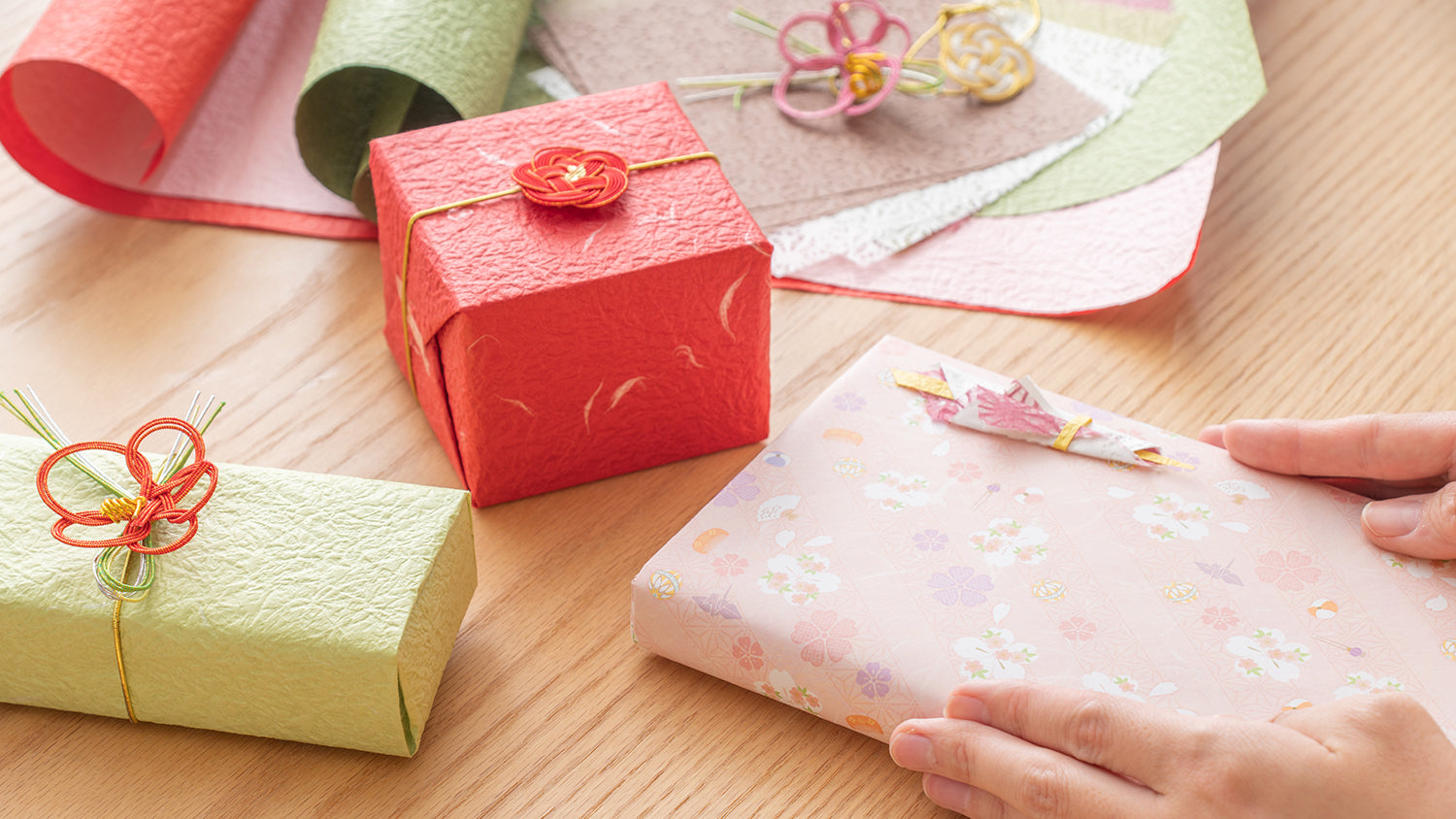

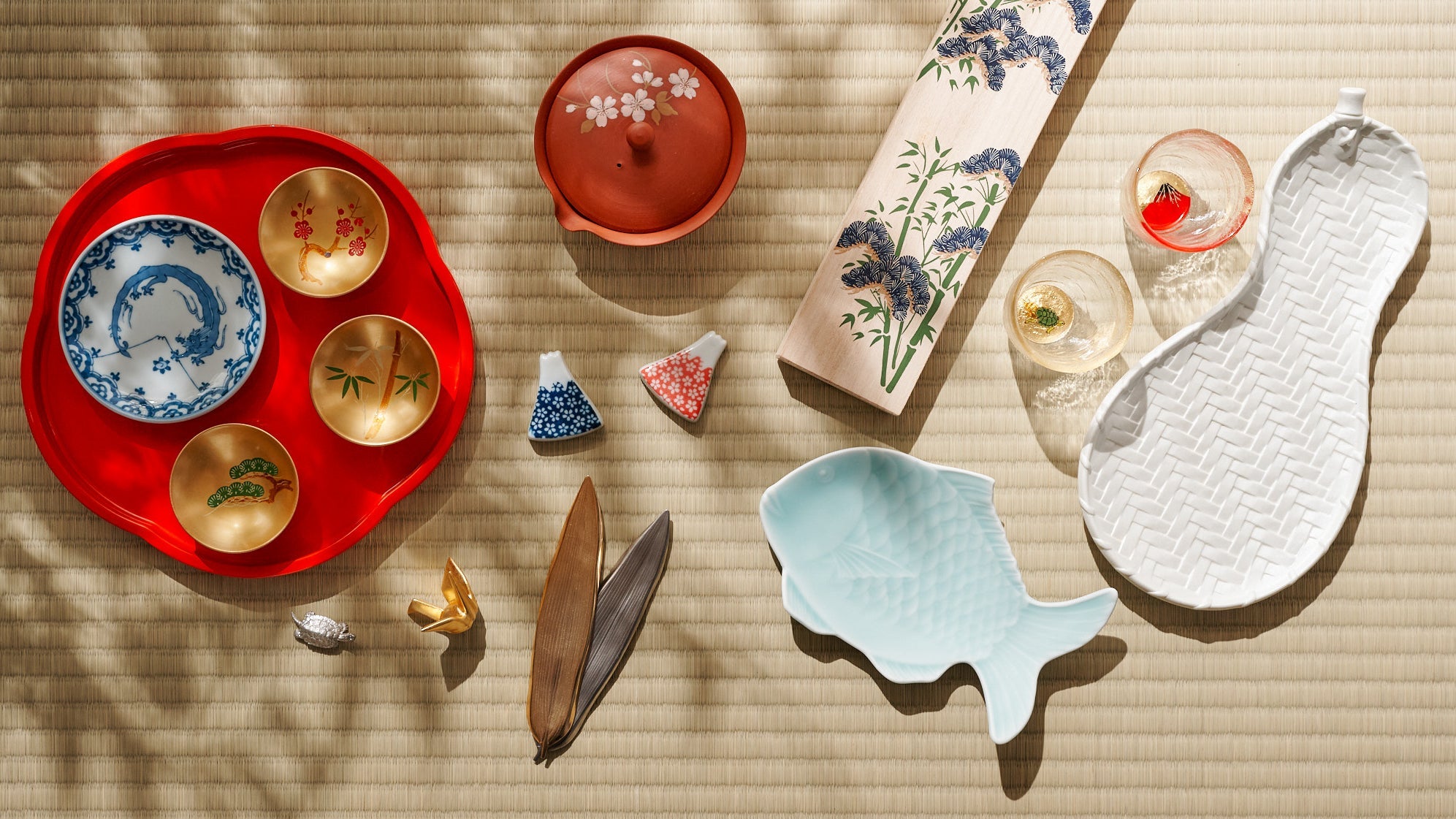
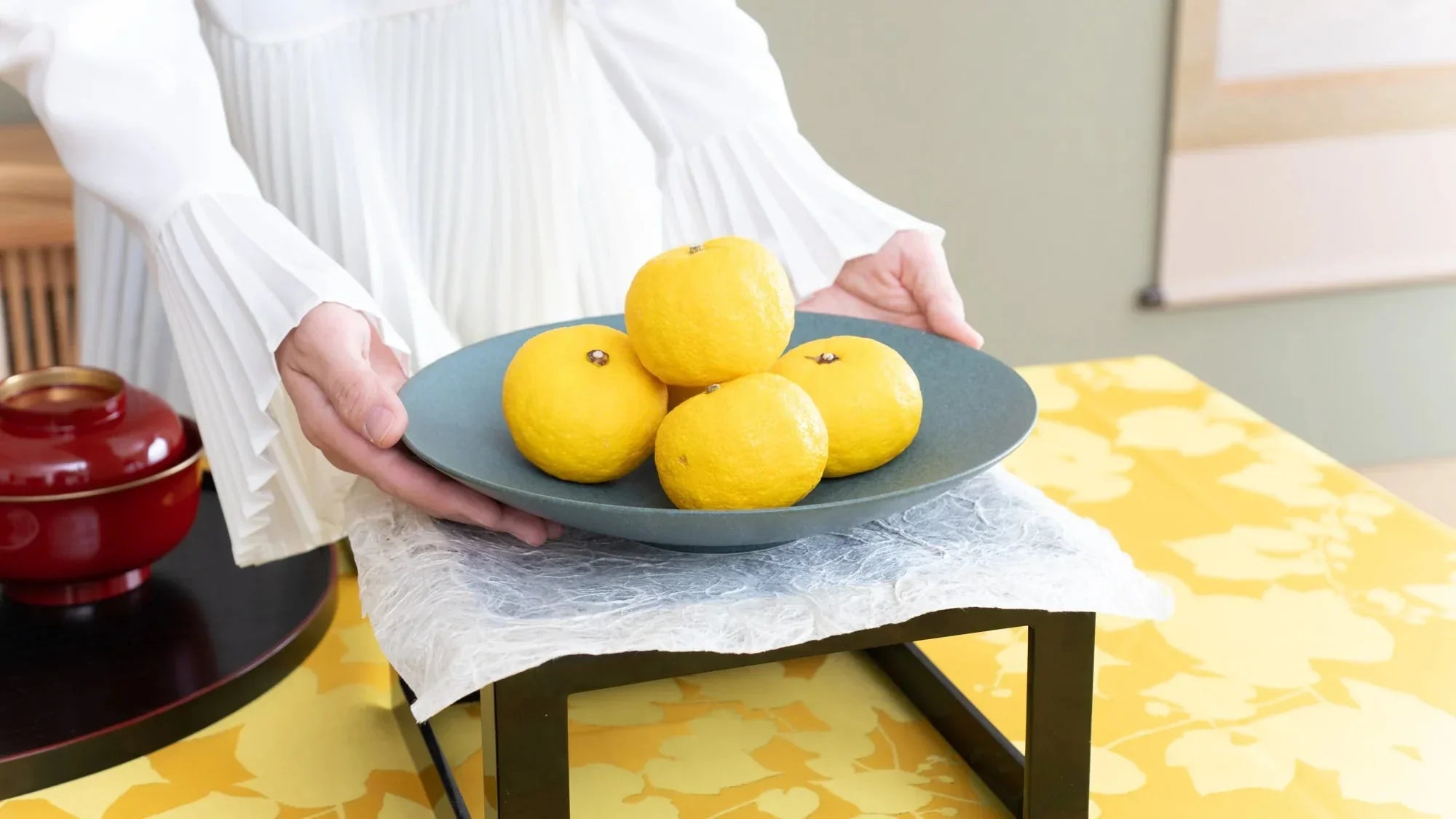
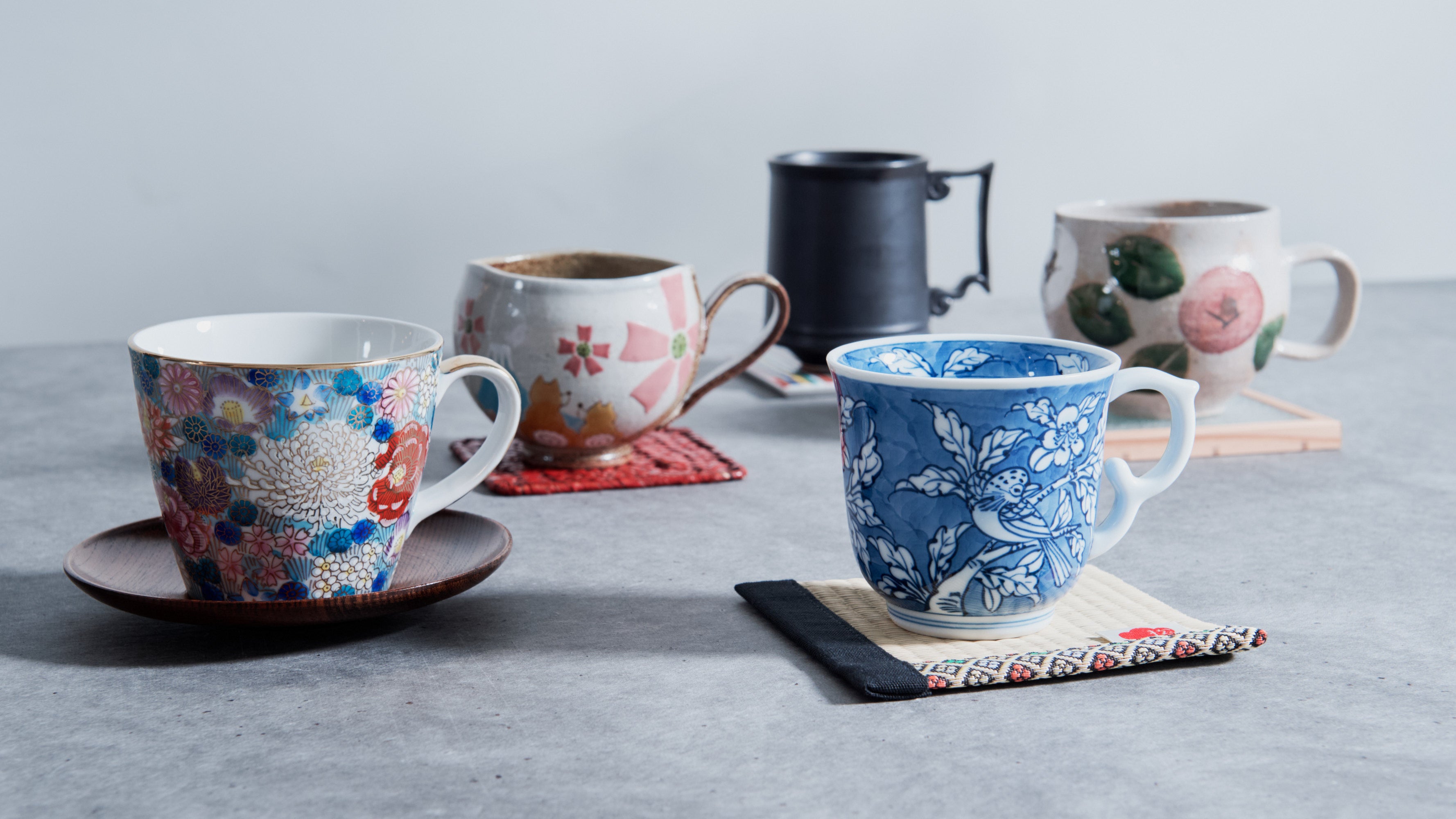
3 comments
We truly appreciate your kind words! We’re so glad the explanation resonated with you. Thank you for reading!
Team Musubi
Terrific and clearly written explanation of the concept of
Wabi Sabi, thank you
Gregory Paquette
Terrific and clearly written explanation of the concept of
Wabi Sabi, thank you
Gregory Paquette
Leave a comment
This site is protected by hCaptcha and the hCaptcha Privacy Policy and Terms of Service apply.